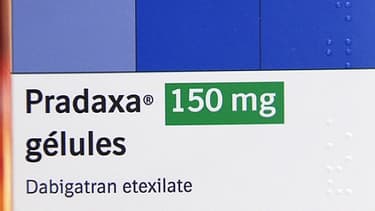



1B) and the total postinjury blood loss was reduced to 2,827 ± 864 ml ( P < 0.01 vs. Administration of prothrombin complex concentrate 25 U/kg together with tranexamic acid and fibrinogen concentrate (PCC25 group) reduced the mortality rate to 56% ( fig. The mortality rate was 100% in the control and TXA–FCH groups. Treatment with tranexamic acid and fibrinogen concentrate did not reduce blood loss (3,497 ± 418 ml), while mean survival time was 109 min (77 to 156 min). PCC50 and IDA) and the mean survival time was 96 min (range, 62 to 148 min) ( fig. In the control group (dabigatran plus placebo), postinjury blood loss was 3,652 ± 601 ml ( P < 0.0001 vs. Statistical tests were performed two-tailed and P < 0.05 was considered statistically significant. Pairwise log-rank tests were used for survival analysis. For significant effects, the Sidak method was used post hoc. The group by time interaction was also included to allow the group differences to vary over time. For comparison of coagulation variables, blood cell count, and hemodynamic variables, a repeated measure analysis of variance was used with intervention as group-factor and time as repeated-factor. Differences in total blood loss between groups were assessed using analysis of variance, with post hoc Tukey adjustment. 10 Statistical analysis was performed using SPSS 22 (SPSS, USA) and GraphPad Prism 6.0h (GraphPad Software, USA) was used for graphing purposes. The sample size was based on previous experience from a similar animal model with prothrombin complex concentrate monotherapy for the reversal of dabigatran. The primary endpoint of this study was the reduction in blood loss. 26, 27 There is also international recognition that tranexamic acid can reduce mortality by preventing fibrinolysis. 23–25 In other countries such as the United States, there is more reliance upon treatment with allogeneic blood products ( e.g., cryoprecipitate, fresh frozen plasma), potentially using a fixed-ratio approach. In central European countries, it is common for coagulation management to be based on coagulation factor concentrates ( e.g., fibrinogen concentrate, prothrombin complex concentrate), administered according to point-of-care coagulation monitoring. However, in massive bleeding with complex coagulopathy, specific reversal of dabigatran may not be sufficient to achieve hemostasis multimodal treatment with a range of hemostatic agents may be required. 22 Since idarucizumab binds only to dabigatran, it has no intrinsic coagulation activity. 20, 21 Preclinical and clinical studies have shown that it achieves immediate and sustained reversal. Idarucizumab, a humanized monoclonal antibody fragment, is the first specific antidote for reversing the anticoagulant activity of dabigatran.


 0 kommentar(er)
0 kommentar(er)
